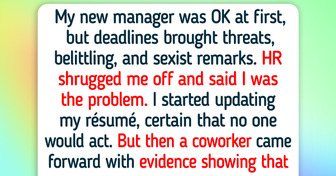My Stepdaughter Stole My Food to Feed Her Kids, I Don’t Want Her in My House Anymore

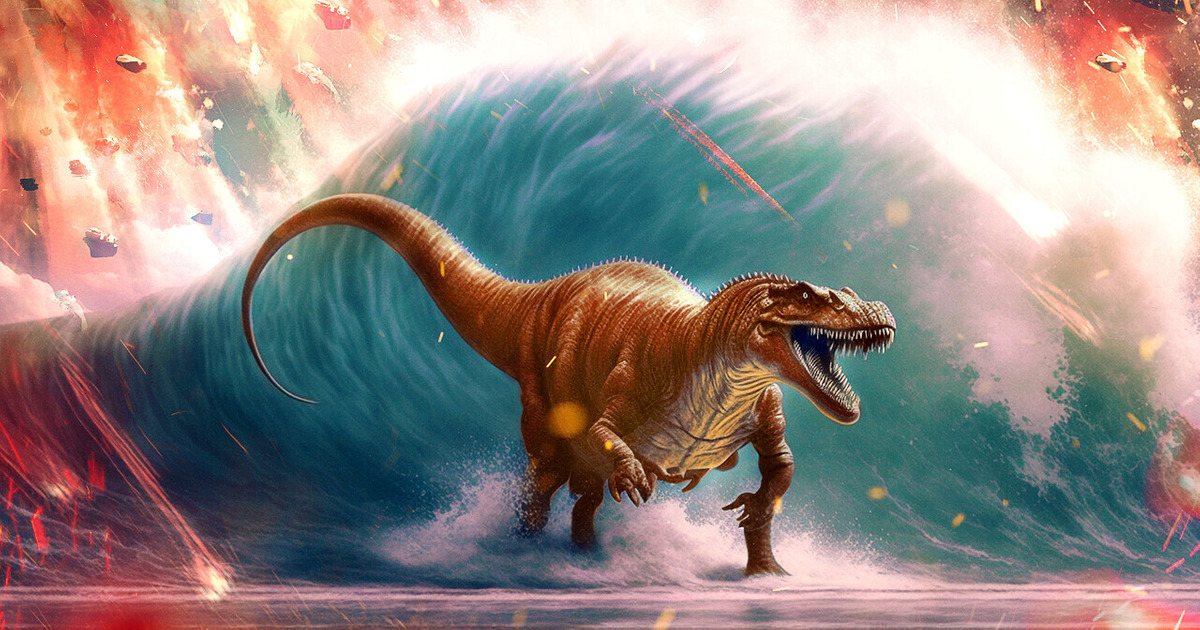
The Sun is rising, lighting up the trees, swamps, and massive plants of the Yucatán Peninsula. It’s 66 million years before today — and the last days of the Mesozoic era. This peaceful world doesn’t know yet that a rock the size of a mountain is hurtling toward Earth at a speed of more than 40,000 mph.
It looks like a fireball. It’s growing larger and larger with every passing minute. Soon, it seems bigger than the Sun. Dinosaurs roaming the prehistoric Earth don’t know yet that they have to run, hide, save themselves! Not that it’s going to help.
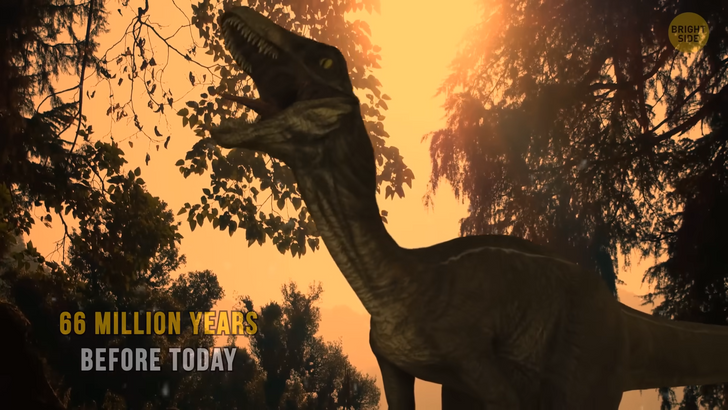
The asteroid crashes into the planet. The force of the collision is so powerful that the space visitor doesn’t stop until it gets through Earth’s crust to a depth of several miles. The impact leaves a crater that’s more than 100 miles across. Thousands of cubic miles of solid rock instantly turn into vapor. The crash sets off a series of natural disasters that erase 80% of life on Earth. But I’ll tell you all about it a bit later.
The creatures that were close enough to see the crash don’t survive for longer than a few seconds. Even closer to the impact crater, the ground is covered with thousands of feet of hot ash, grit, and rubble. Several seconds later, everything for many miles around — grass, trees, bushes — bursts into flames. What doesn’t burn down within the next several minutes after the collision faces a different, even more terrifying problem...
It turns out the asteroid that wiped dinosaurs off the face of the earth also produced a monstrous, largest-ever tsunami. A recent study claims that it was thousands of times larger than any wave people have ever seen. The Chicxulub (CHICKS-ah-loob) asteroid, as we now know it, is believed to come from the outer reaches of the Solar System. This space body was at least 6 miles across.
It crashed into the shallow sea waters near the Yucatán Peninsula. This impact was so powerful that it left its signature on the face of the planet. In 2021, researchers found out that the collision had carved “mega-ripples” into Earth’s crust in the region of modern-day central Louisiana.
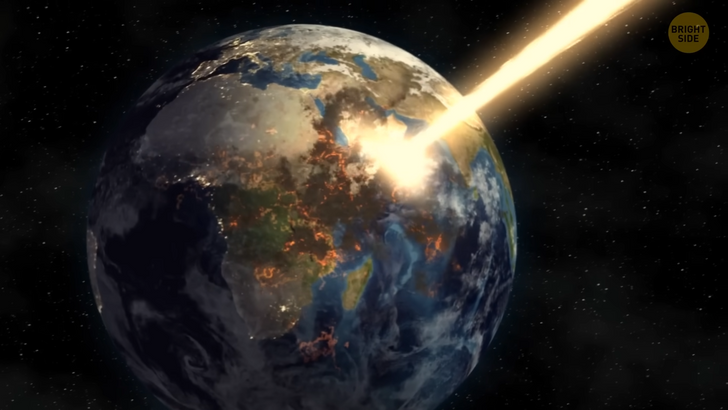
An even newer study suggests that the asteroid also triggered a tsunami so devastating it eroded seafloor sediments half a world away! The team of scientists even remodeled the events of the first 10 minutes after the impact. And the model showed that the asteroid had produced waves up to 30,000 times greater than one of the largest tsunamis people have ever recorded.
I’m talking about the Indian Ocean tsunami that hit Indonesia in 2004. The collision displaced so much water that it created a wave almost a mile high! And, of course, all that empty place didn’t stay empty for long. The ocean gushed back to fill the crater. But in the process, it only ricocheted off the crater’s rim, which produced even more waves.
After that, tsunami waves that were more than 33 feet tall traveled around the world at a speed of 3 ft per second, lashing at all coastlines on their way. No wonder the largest and fastest moving waves occurred near the impact area in the open waters of the Gulf of Mexico. Those rose more than 330 ft tall and moved at a speed 10 times greater than more distant tsunami waves.
If we talk about the greatest tsunamis in the recorded history of humanity, Krakatoa’s volcanic eruption in 1883 is worth mentioning. It produced the loudest sound ever heard on the surface of the planet. It also created a tsunami wave that was as tall as the Statue of Liberty.
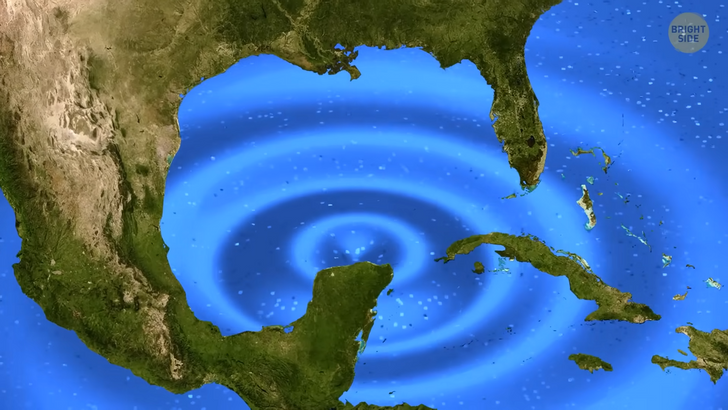
Another devastating natural disaster was the Boxing Day Tsunami that occurred in Indonesia in 2004. It was caused by an undersea earthquake that started in the morning. Its tremors caused a series of tsunami waves. And the largest reached the height of the Arc de Triomphe in Paris. Unzen volcano megatsunami started after a powerful volcanic eruption triggered a landslide from a 4,000-year-old lava dome. It swept through the city of Shimabara and reached the sea, setting off a megatsunami. Its largest wave was half as tall as the Space Needle in Seattle.
One of the worst natural disasters in the world was the Vajont Dam megatsunami that happened in Italy. A landslide dragged 9 billion cubic ft of forest, soil, and rock into the lake. A colossal dark wall of water covered the sky over a tiny village at the bottom of the Vajont Dam. Then, with a deafening roar, the wave overtopped the edge of the dam, taking out everything in its path.
The height of this wave was greater than the height of the Golden Gate Bridge! Another megatsunami occurred when the upper 1,500 feet of Mount St. Helens in the US collapsed during an eruption, causing a massive landslide. A part of this avalanche plunged down into Spirit Lake. This pushed the lake’s waters into a series of waves almost as tall as the Eiffel Tower.
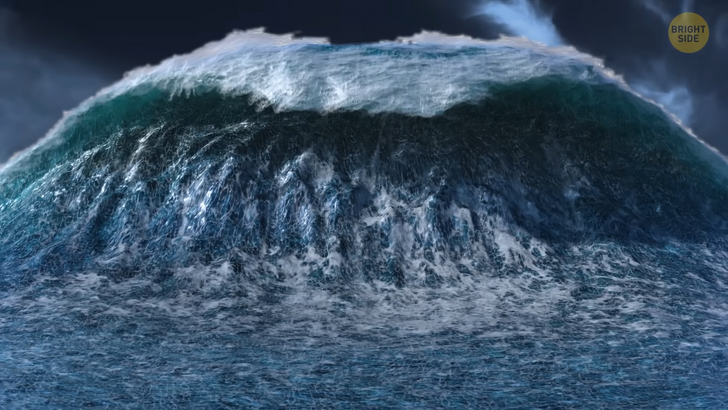
One of the worst disasters of this kind happened in Lituya Bay in Alaska in 1958. A landslide caused by an earthquake created a wave that was one of the largest ever recorded. It surged over the headland and washed away trees, plants, and soil down to bedrock. The wave reached more than half the height of the Burj Khalifa — the tallest construction in the world. And, of course, when we speak about the tallest tsunami waves ever, we must mention the Molokai megatsunami that occurred in Hawaii in 1946.
A third of the East Molokai Volcano caved in and collapsed into the Pacific Ocean. This caused a tsunami the size of the second-tallest building in the world — Shanghai Tower — about 2,000 ft! The waves were so tall and powerful that they reached Mexico and California. But all these disasters pale in comparison with the tsunami that hit the Yucatán Peninsula about 66 million years ago.
Anyway, let’s get back to other consequences of the collision. Shortly after the asteroid had smashed into our planet, earthquakes started to shake Earth like never before. Their power was equivalent to all the earthquakes that have happened on the planet for the past two centuries — if they were going off simultaneously! A bit less than an hour after the collision, a gust of wind whipped through the area at a speed of 600 mph.
It flattened everything that was still standing and scattered debris for miles around. A bit farther from the direct impact zone, the skies started to darken dramatically. What looked like shooting stars was actually debris raining back on the planet. Glowing ominous red, they re-entered Earth’s atmosphere and emitted infrared radiation.
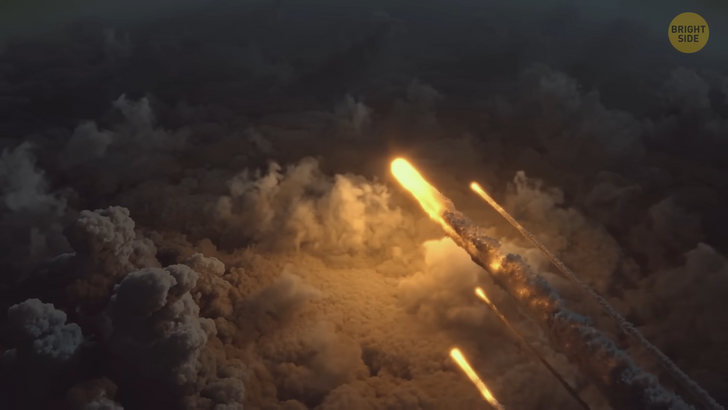
During the first hours after the crash, the sky was almost totally dark. Later, it started to get lighter — very, very slowly. For the next couple of years, it looked like something between a cloudy day and twilight. Many plants didn’t survive this dimness and the absence of sunlight.
More than 75% of species on Earth soon disappeared. The ash stayed in the air for months. That’s why when it rained, the water became highly acidic. Fires kept raging. They produced tons of toxins that destroyed the ozone layer — at least for some time.
The gases and particles that were flung into the atmosphere blotted the Sun out. This caused temperatures to plummet by over 60˚F. Lots of plant and animal species that managed to survive the impact itself couldn’t stand these new hostile conditions. Earth was in for hard times.
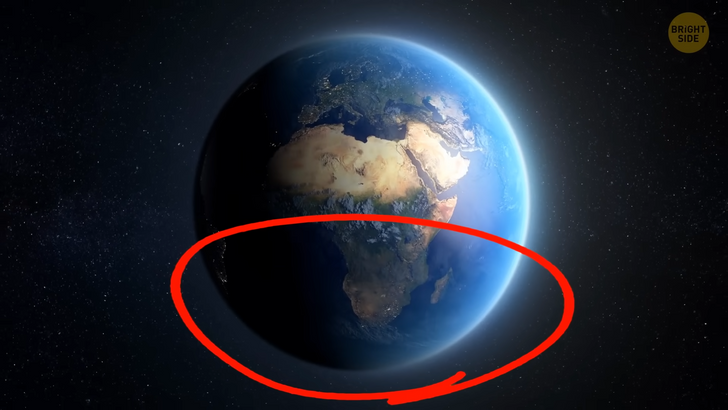
Interestingly, some research claims that after the catastrophe, the Southern Hemisphere managed to recover twice as fast as the Northern Hemisphere. What could explain this phenomenon is the season when the asteroid hit Earth.
If it had happened in the Northern Hemisphere’s springtime, then all flora and fauna there would have been outside, searching for mates and food. While in the Southern Hemisphere, animals would have been preparing for the cold season, slowing down and making shelter for winter. But so far, it’s just a theory. There’s no proven explanation — so far.






